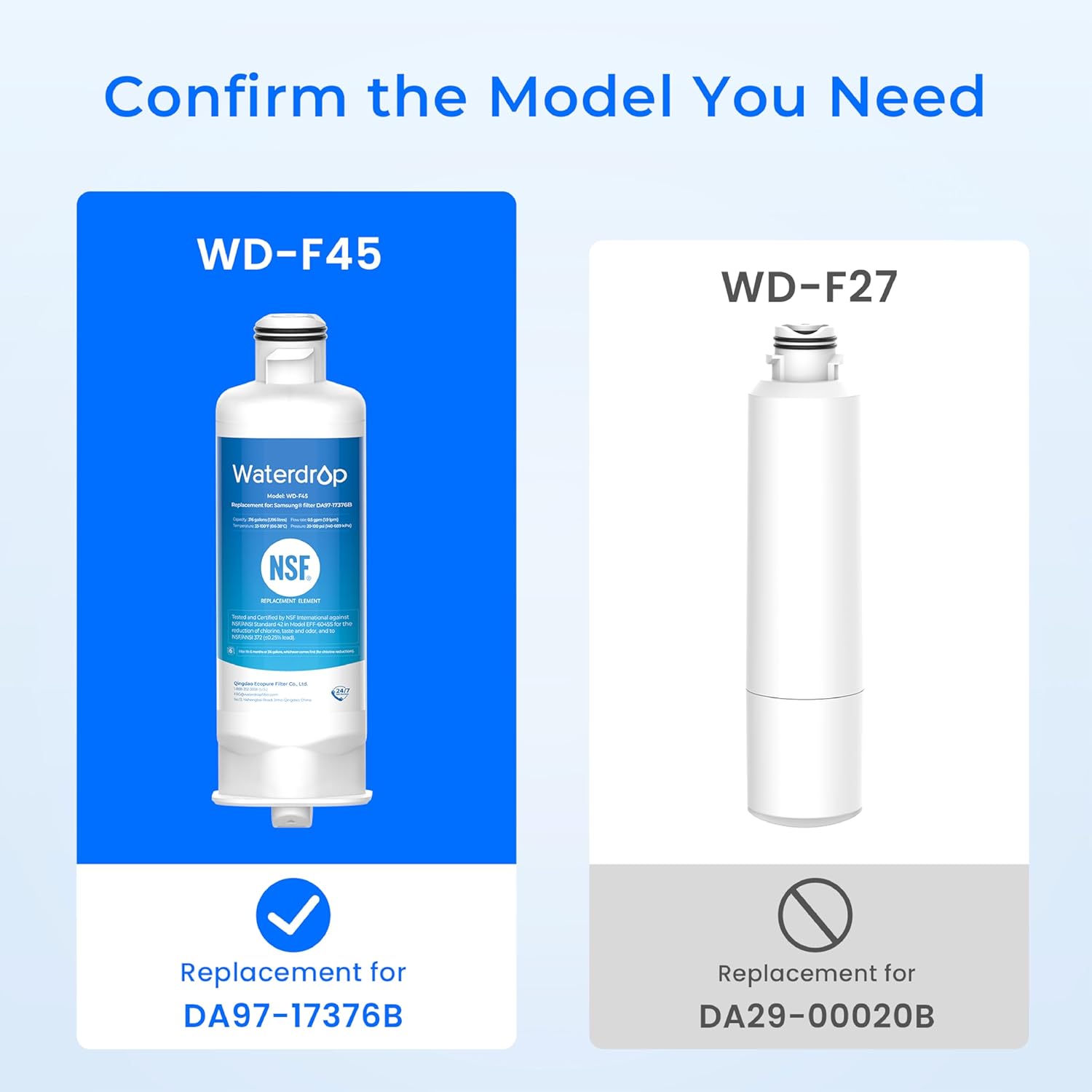The Hidden Leak Beneath the Data Pipeline
Imagine running a luxury cruise liner—sleek, modern, and full of passengers eager for their journey. Now, picture that ship developing an unseen leak below deck. It’s small at first, barely noticeable. But left unchecked, it begins to flood compartments, slow the vessel, and threaten the entire voyage. Poor data quality is much like that hidden leak. It quietly seeps into every corner of an organisation, eroding efficiency, trust, and profitability.
In today’s analytics-driven world, data is the ocean companies sail upon. Yet, many are unaware that their ships are leaking due to inaccurate, inconsistent, or incomplete data. Understanding the Total Cost of Ownership (TCO) for data quality helps leaders patch those leaks before they sink productivity—and profit.
When Dirty Data Drains Business Value
The financial implications of insufficient data extend far beyond a single wrong entry in a spreadsheet. Studies have revealed that organisations lose millions annually to poor data practices—whether through wasted marketing spend, failed automation initiatives, or misguided strategic decisions.
Consider a retail company relying on outdated customer records. Marketing campaigns are sent to inactive emails, loyalty points are miscalculated, and logistics teams ship to wrong addresses. The result? Frustrated customers and mounting costs.
What’s more alarming is the compounding effect. When data from various departments is merged, errors multiply exponentially—teams waste time verifying data instead of analysing it. As professionals enrolled in Data Analysis courses in Pune quickly learn, the time lost cleaning datasets can overshadow the time spent generating insights. Poor data doesn’t just cost money—it costs opportunity.
The True Anatomy of TCO: Beyond Software Licences
When organisations calculate their TCO for data quality, they often limit it to visible expenses: software licences, data tools, or consulting fees. But that’s only the tip of the iceberg. Beneath the surface lie hidden operational costs—like time spent reconciling inconsistent reports, reputational damage from incorrect insights, and customer churn from poor data-driven decisions.
Think of it as maintaining a fleet of vehicles. You wouldn’t just count the cost of purchasing cars. Fuel, maintenance, driver training, and even the downtime from breakdowns all factor into ownership. Similarly, TCO for data quality encompasses preventive measures (data governance, cleaning tools, and training) as well as corrective ones (fixing corrupted systems or re-running failed analyses).
Forward-looking companies are beginning to view data as an asset with ongoing care requirements, not a one-time project. This mindset shift helps justify investment in governance frameworks and modern data quality tools.
The High Price of Neglect
Let’s revisit the metaphor of the ship. If a company ignores the early signs of a leak—such as duplicate records, inconsistent data formats, or missing values—it eventually pays far more for emergency repairs. These “repairs” take the form of data remediation projects, lost customers, regulatory penalties, or misinformed strategies.
One of the most striking cases involved a financial firm that relied on outdated client data to assess creditworthiness. When regulatory audits discovered discrepancies, the firm spent months and millions correcting its reporting systems. The total cost was not just monetary—it eroded stakeholder trust and delayed market opportunities.
The same principle applies across industries. Manufacturing plants face downtime due to inaccurate sensor readings. Healthcare providers risk patient safety due to mismatched records. The domino effect of poor data quality ripples through operations, compliance, and customer relations alike. For those pursuing Data Analysis courses in Pune, understanding these real-world stakes highlights why accurate, consistent data is the backbone of every analytical decision.
Investing in Quality: From Cost Centre to Profit Driver
Ironically, investing in data quality often pays for itself many times over. Just as routine ship maintenance prevents catastrophic failure, consistent data governance minimises the risk of operational chaos. Companies with strong data quality frameworks report higher productivity, smoother collaboration, and faster decision-making.
The ROI of good data isn’t abstract—it manifests in tangible ways. Marketing teams see improved conversion rates through precise targeting. Finance departments forecast accurately, saving millions in misallocated resources. Executives make confident decisions backed by trustworthy dashboards.
Investment in data quality includes automation tools for validation, comprehensive metadata management, and regular audits. But it also involves cultivating a data-driven culture where employees value accuracy as much as innovation. Training plays a crucial role—organisations that upskill their teams in data hygiene practices and analytics principles create sustainable systems that maintain integrity over time.
The Balance Sheet of Truth
Ultimately, TCO for data quality isn’t about cutting costs—it’s about reallocating them wisely. Businesses can either pay the hidden tax of poor data or invest upfront in ensuring their information flows cleanly through every process. The first option results in unpredictable crises; the second builds resilience, scalability, and trust.
Data quality, much like a ship’s hull, must withstand the pressures of the journey. Neglect leads to disaster; attention ensures smooth sailing. Every CEO, analyst, and data engineer must view their datasets not as static tables but as living systems requiring care and investment.
When companies recognise that quality data drives every successful digital initiative—from AI insights to customer personalisation—they begin to see data not just as fuel, but as the engine itself. And like any engine, it demands maintenance, monitoring, and mastery.
Conclusion: The Cost of Clarity
The total cost of ownership for data quality isn’t a line item—it’s a philosophy. It asks organisations to stop treating data as a byproduct and start managing it as a core asset. Every rupee spent on improving accuracy, consistency, and governance is an investment in preventing costly errors and empowering better decisions.
As the business world grows ever more data-driven, the divide between companies that manage data quality and those that neglect it will widen sharply. Those who invest will navigate smoothly toward innovation and growth. Those who don’t may find themselves stranded, taking on water, with their competitive advantage sinking beneath the waves.




